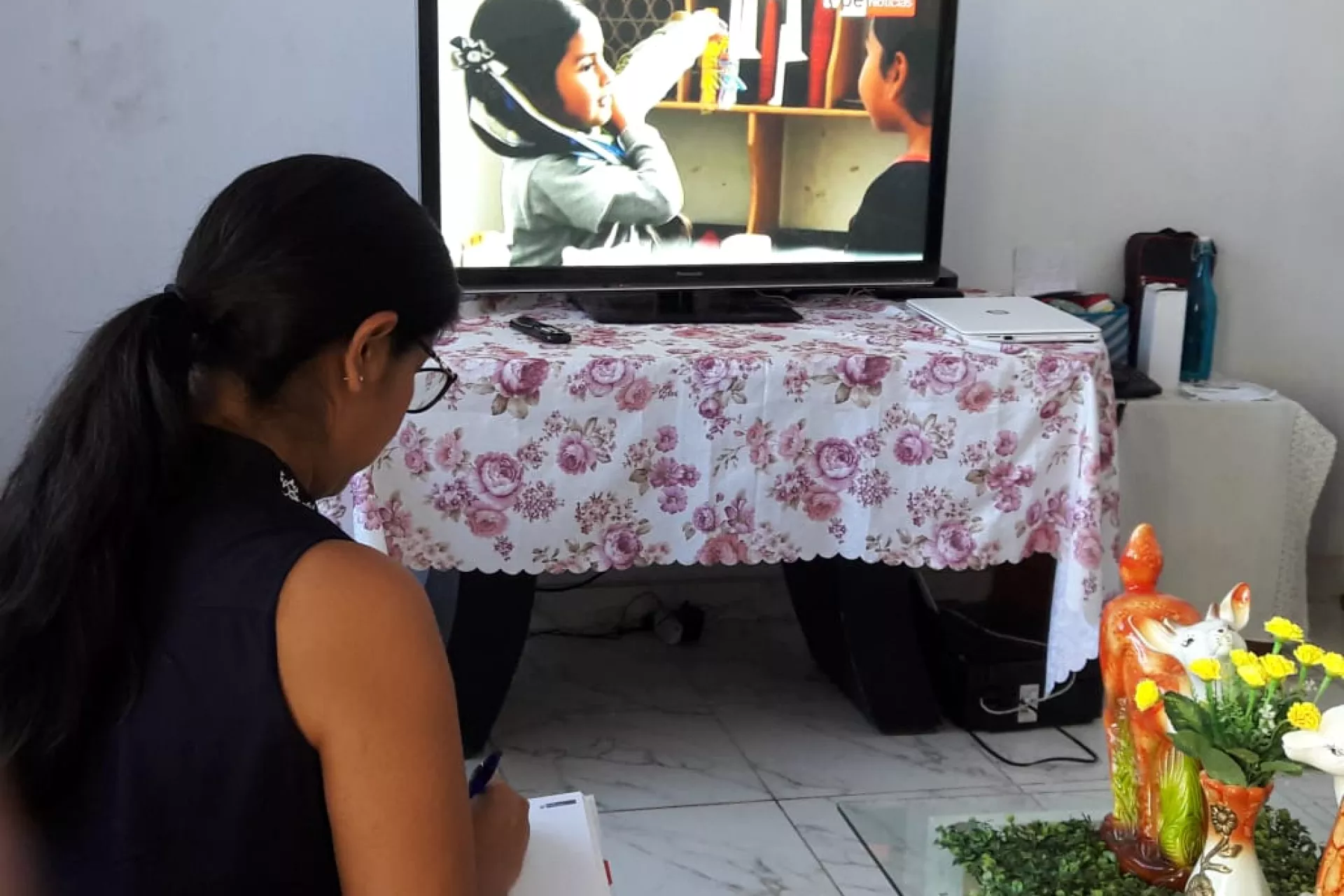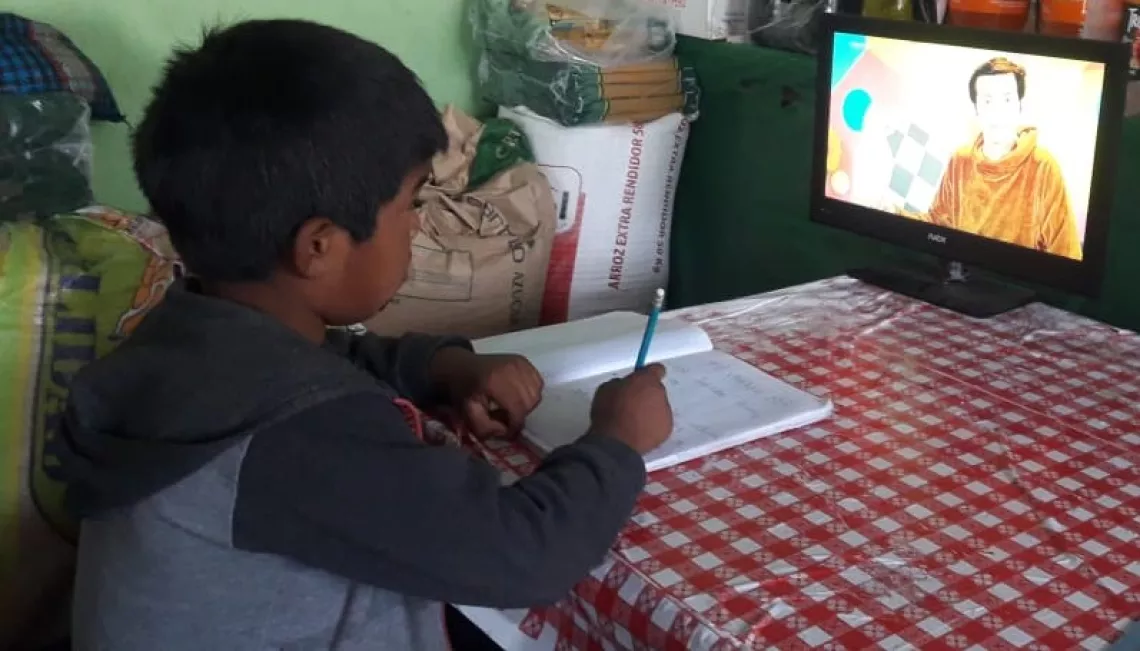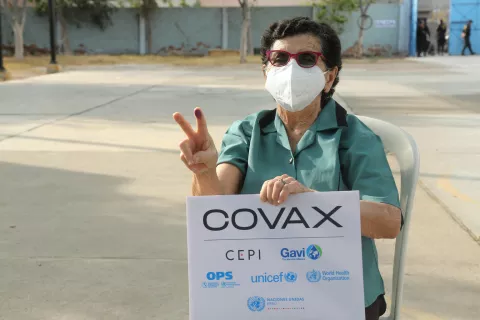The challenge of virtual education
“It was clear that we had to reach out to families to prevent our students from dropping out"

- Available in:
- Español
- English
As teachers and students were getting ready to begin classes in Peru, the declaration of a National Emergency due to COVID-19 brought the start of the 2020 school year to a halt. Children and adolescents across Peru had to adapt to a new way of learning, and teachers had to face the challenge of virtual teaching.
Huancavelica, a mostly rural region in the Peruvian Andes, shows that remote learning isn’t easy for all students.
I was very surprised when virtual classes were made official. I thought about my students, children from areas with no access to technology or a cellphone
During this crisis, teachers in rural areas have gone above and beyond to contact parents and keeping children learning under this new form of education.
Elsa Castro, another teacher in Huancavelica, says: “It was clear that we had to reach out to families to prevent our students from dropping out, something that we learned as part of the Secondary School as a Life Experience model.” The model is an initiative of the Ministry of Education and UNICEF, with the technical and financial support of the Government of Canada, that promotes adolescents accessing and staying in school, in 52 targeted high schools.

When the lockdown started, “it took us two weeks to contact 121 parents, but it was necessary to convince them to let their children start classes,” says Elsa.
At the beginning of the school year, the government launched the “I learn at home” strategy; however, limited connectivity due to Peru’s geography has been a major challenge. At the national level, it is estimated that close to 60 per cent of students in rural areas do not have access to the “I learn at home” platform. And in regions like Huancavelica, only 2.8 per cent of households have internet access.
That’s why the support of parents has been important for students to be able to connect and access classes through mobile phones and TV.
“At the beginning, parents thought their kids wouldn't learn because they didn't have a cell phone or internet. We had to explain to them that this was the new education and that their children were going to learn new things. That’s how we persuaded them,” Edgar says.
Despite the challenges, students are gaining autonomy and taking responsibility for their learning, according to Edgar. “I see that children pick up digital technology quickly. I think this education modality shows the potential and creative capacity of our students, something we hadn´t seen before.”
The new education is a challenge for everybody and an opportunity to strengthen learning. To that end, UNICEF is providing advice and support to address the needs, challenges and opportunities of the education system in Peru, and to contribute to the implementation of education policies.




